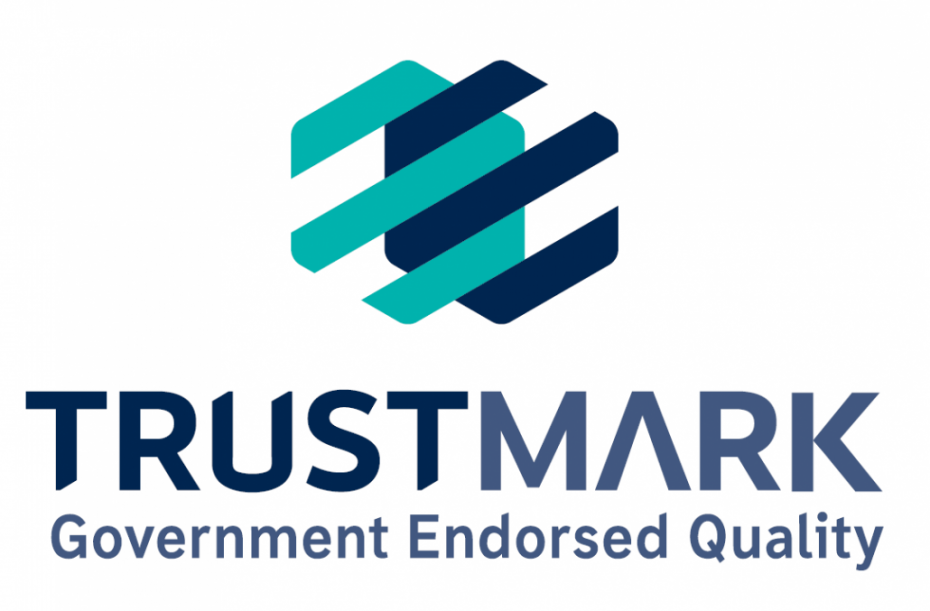Minimum Energy Efficiency Standards for Commercial Property Likely to Increase
Commercial property owners are facing the prospect of tougher efficiency rules in the coming decade. Evidence is building that Minimum Energy Efficiency Standards (MEES) will rise significantly. The current threshold for many properties is EPC E, but proposals suggest this could be lifted to EPC B by the mid-2030s.
If adopted, this would represent one of the biggest regulatory shifts for the commercial real estate sector in years. Properties that fall short would be unable to be leased, creating major financial risk for landlords and investors. For those managing large portfolios of offices, warehouses, and retail spaces, the potential scale of upgrade work is vast.
The challenge is that many commercial buildings were not designed with efficiency in mind. Older stock in particular is difficult to retrofit, with poor insulation, outdated heating systems, and limited space for renewable technologies. Bringing these properties up to EPC B will require more than basic improvements. Whole-building strategies will be needed, combining fabric upgrades such as insulation, glazing, and ventilation with renewable systems like heat pumps, solar PV, and battery storage. Standard trades including heating, plumbing, and electrical works will also form part of the solution.
For landlords, the key issue is cost and planning. Retrofitting at scale requires careful sequencing, strong supply chain partnerships, and a clear understanding of compliance requirements. Those who wait until regulation is enforced risk higher costs, contractor shortages, and long periods where assets cannot be legally let.
TF Energy is ready to support clients through this transition. Our approach combines compliance expertise with practical delivery. We manage the documentation and standards while providing hands-on installation across all measures, from insulation and renewables to mechanical and electrical upgrades. By planning now, commercial landlords can spread costs, protect asset value, and avoid being caught out by future deadlines.
The direction of travel is clear. Minimum Energy Efficiency Standards will only tighten, and the timeline is already being discussed. For landlords who act early, the opportunity is not just about compliance but also about reducing running costs, attracting tenants, and strengthening long-term investment performance.













